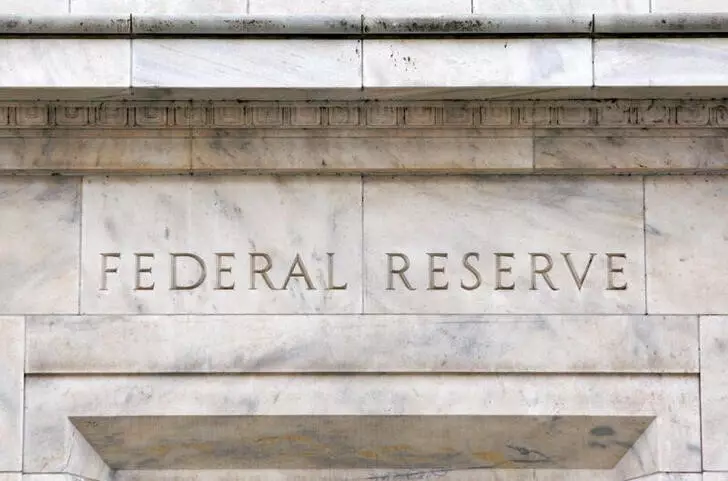The recent decisions by central banks, particularly the Federal Reserve in the United States and the People’s Bank of China, have captured significant attention in the global economic landscape. An aggressive 50 basis point rate cut from the Federal Reserve, coupled with substantial stimulus measures from China, have injected a sense of optimism into the market. However, upon deeper examination, these actions might suggest ominous undercurrents in the global economy rather than the bullish revival many have anticipated.
Analysts at BCA Research have interpreted the Federal Reserve’s pivot away from combating inflation to mitigating the pressures of a weakening labor market as a stark warning sign. As unemployment nudges closer to estimates considered “natural,” one cannot help but question the sustainability of consumer health and spending necessary for continuous growth. The immediate positive response typically seen following rate cuts often masks a longer-term trend: historical data indicates that rallies can be fleeting, quickly replaced by downturns as economic realities set in.
Critically, the Federal Reserve has a pattern of slashing rates just before entering recessionary phases. This alarming trend suggests that rather than prolonging an economic cycle, such monetary easing might be a signal of approaching distress. Investors, therefore, need to exercise caution and look beyond the temporary market buoyancy instigated by rate cuts.
China’s Economic Dilemmas
Similarly, China’s economic situation presents a complex challenge. Despite bold stimulus efforts and a further reduction in rates to spur growth, BCA Research warns that these measures may lack the potency required to rejuvenate a stagnating economy. China is still reeling from a significant property market correction and is now entrenched in a “balance-sheet recession.” This scenario is marked by sluggish credit demand, scant consumer confidence, and diminishing effectiveness of monetary policy interventions.
The prognosis for China demands serious consideration of fiscal reforms that could encourage increased consumption. Without such initiatives, any short-term gains driven by monetary stimulus could prove fleeting, with long-lasting effects on economic health. Analysts at BCA assert a bleak outlook, predicting a potential global recession within 6 to 12 months as past tightening measures exert their toll on economic momentum.
Faced with these risks and deteriorating economic indicators, BCA Research recommends a conservative investment approach. A risk-off strategy, which entails reducing exposure to equities and credit markets while favoring safer government bonds, could be prudent in the current climate. This cautious stance should also incorporate a measured position on cash holdings, reflecting the uncertain landscape ahead.
While recent actions by central banks might initially illuminate optimism in the markets, the underlying realities suggest a more sobering narrative. Investors should therefore remain vigilant, evaluating the bigger picture rather than merely reacting to short-term market movements driven by monetary policy shifts.

